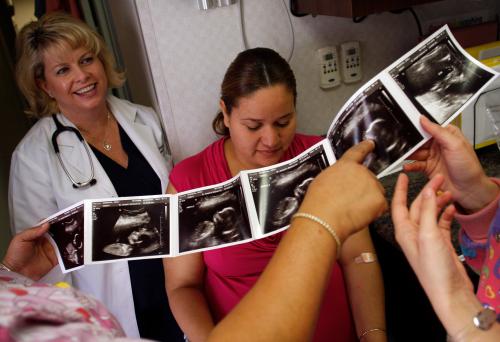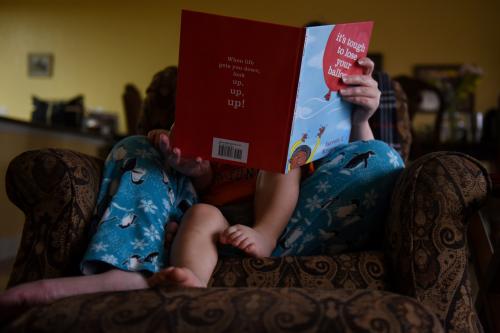Contraceptive access for low-income women in the U.S. is about to become more limited as new rules governing Title X family planning grants go into effect in the next two months. The Department of Health and Human Services announced in mid-July that it will soon begin enforcing rules banning federally funded health clinics from offering abortion referrals or sharing office space with abortion providers.
Title X grants fund clinics to provide family planning services (including contraception, but not abortion) at no or reduced cost to low-income clients. Planned Parenthood and several other providers have already stated that they will not comply with the new rules and so will no longer accept Title X funding.
The loss of Title X funding could make it more difficult for providers to continue to offer subsidized contraceptive services to low-income clients. This comes at a time when unintended pregnancy rates are just beginning to decline (though still represent 45% of all pregnancies), at least in part due to greater access to effective contraceptive methods, as we showed in a paper published earlier this summer.
We analyzed data from the National Survey of Family Growth (NSFG) from 1982 to 2016 to investigate changes in contraceptive use among women between the ages of 15 and 44. The proportion of sexually active women who use some form of contraception has remained stable at around 90% over this entire period. However, this figure includes all contraceptive methods regardless of effectiveness, including withdrawal and natural family planning. Among women using some form of contraception, there has been substantial switching between methods over this period.
In particular, long-acting reversible contraceptives (LARCs), including IUDs and implants, have soared in popularity since 2002. The most recent data suggest that women are more likely to use LARCs than condoms and almost as likely to use LARCs as the pill as their primary method (see figure below).
LARCs are more than 99% effective for the typical user. By contrast, 9% of women who rely on birth control pills and 18% of those who rely on condoms will experience an unintended pregnancy within the first year due to imperfect or inconsistent use. Other reversible methods, such as withdrawal and natural family planning, are even less effective.
All else equal, switching to more effective contraceptive methods will reduce rates of unintended pregnancy. While some of the increase in LARC use among older cohorts appears to have been driven by declines in the use of sterilization, which is also highly effective (though not normally reversible), younger cohorts appear to be shifting toward more effective methods (see figure below).1
Greater LARC use has been made possible in large part by greater cost coverage of contraceptives. The initial cost of a LARC can range from about $500 to $1,000, and not all clinics or physicians are equipped or have been trained to provide them. Title X, Medicaid, and the contraceptive coverage mandate of the Affordable Care Act have all served to increase access to a full range of contraceptive methods. Our paper also describes several state-level initiatives that have reduced unintended pregnancy rates by increasing access to LARCs for those who choose them, primarily through greater support for Title X clinics.
The new restrictions on Title X funding put access to the most effective but most expensive contraceptive methods at risk. This is especially true for low-income women, who rely heavily on publicly funded clinics for reproductive health services.
While the new rules were motivated by opposition to abortion, the state experiences we highlight in our paper show that increasing access to highly effective methods of contraception (and thus preventing unintended pregnancies) is a more effective way to reduce abortion rates. Barriers to contraceptive access will impede further progress in reducing unintended pregnancy rates, will raise government costs for Medicaid and other social programs, and will lead to more women seeking an abortion.








Commentary
Reducing access to contraception won’t reduce the abortion rate
July 29, 2019